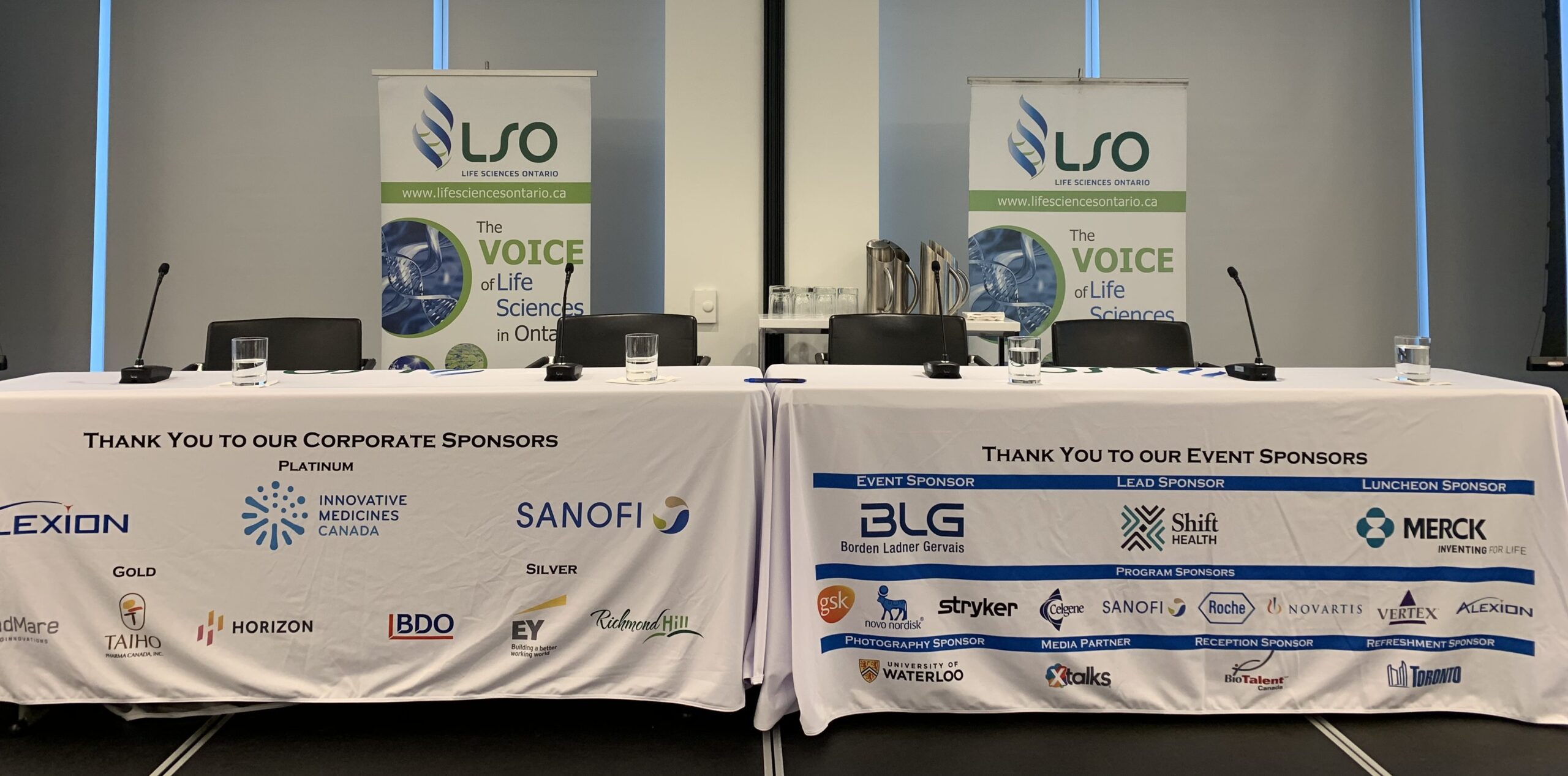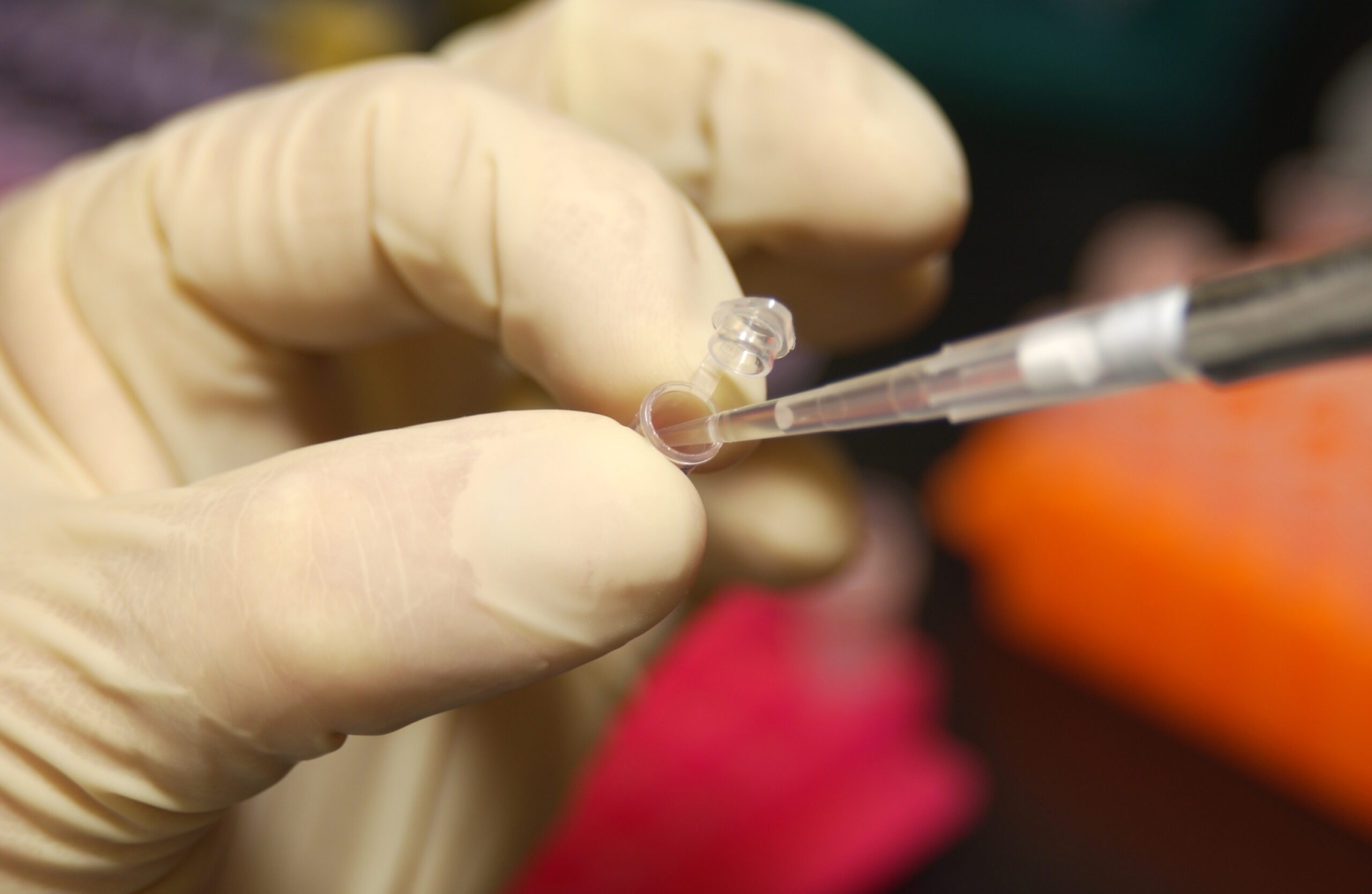As we say goodbye to 2019, what can we look forward to in the pharma, biotech and medical device industries in 2020? Here are six trends to look out for as we kick off a new decade.
Uptake of Artificial Intelligence (AI) and Machine Learning
Artificial intelligence harnesses advanced computing power to analyze large volumes of data in a short period of time. By feeding computers this data, scientists have the ability to train algorithms to solve new problems they’ve never encountered before. Researchers have used AI technologies to improve cancer screening technologies, diagnostics and disease detection, as well as to fuel drug discovery and development. AI technologies are also found at hospitals and clinics, where they are used to develop personalized treatment plans and predict patient outcomes.
Over the past year, pharma and biotech companies have made pacts with tech giants to reap the rewards of AI and machine learning. Earlier this year, Pfizer announced it will collaborate with an AI startup company to accelerate the development of precision cancer drugs. More recently, Novartis committed to integrating Microsoft’s AI intelligence solutions across all operations as part of its “digital transformation.”
In reports by PwC and Deloitte, researchers expect that this technology trend will surge forward into 2020. Life sciences companies will need to adopt these new technologies in order to stay competitive in their respective markets.
Emphasis on Targeted Therapies
Several years ago, personalized medicine was more an emerging concept rather than a concrete part of the healthcare system. However, last year, 42 percent of newly approved drugs, agents or therapeutic biologics were classified as personalized medicines.

Personalized medicine refers to therapies that are designed based on the genetic and molecular makeup of a patient. In principle, an individualized treatment should be more effective at treating a patient compared to a non-specific drug.
With the advancement of genetic techniques and a greater understanding of disease pathology, the cancer drug development industry, in particular, has witnessed a major shift towards targeted therapies. In the last three years alone, the US Food and Drug Administration (FDA) approved eight targeted therapies for acute myeloid leukemia (AML), an often-fatal form of blood cancer. Indeed, market research firm IQVIA (formerly Quintiles and IMS Health) predicted that leukemia and lymphoma treatments would be a major focus of pharmaceutical R&D by 2020 in addition to treatments for breast, lung and colorectal cancers.
Targeted therapies are not necessarily limited to one indication. Some targeted therapies target specific genes or proteins which may be mutated or defective in several different types of cancer. Biotech Epizyme is expected to have their experimental small molecule inhibitor drug, tazemetostat, reviewed in late-January for the treatment of certain blood cancers and solid tumors.
In Deloitte’s report, researchers think targeted drug delivery will become a mainstay in the medical world. That is, targeted drug delivery via a ‘nanoparticle pill’ will be introduced into the healthcare and life sciences vocabulary.
Widespread Wearable Technology
Consumers have been buying smart personal devices for decades, but increasingly, tech companies are enabling users to track their own health. Not only does this empower people to monitor their health and wellness, but this data can be easily shared with doctors and leveraged for scientific studies. Recently, the medical genetics company Invitae announced the launch of a mobile app that leverages Apple Watch data to better understand the genetic underpinnings of atrial fibrillation. Wearables are also being used to engage patients in a whole new way. A Stanford University study looked at whether children with autism spectrum disorder improved their social skills by playing a facial recognition activity using a pair of ‘smart’ glasses.
The easier it is for consumers to access their own data, the easier it is for others to access it, too. This can be helpful if patients are sharing health information with their doctor, but this data could be vulnerable to cyberattacks. Reports of a breached online network broke this fall, sending hospital administrators, nurses, doctors and patients into a panic. At the time, the cybersecurity incident affected an imaging system, an infusion pump and an anesthesia machine, although whole hospital networks were at risk of being affected.
For 2020, manufacturers and consumers will have to be wary of potential cybersecurity risks. They can expect tighter regulations on such devices especially if they deal with patient health information. At the same time, wearables present a novel form of tracking personal health and delivering patient care.
Wearables are expected to be widely used for health monitoring, disease management, and diagnostics. A Syneos Health report notes another up-and-coming use of wearables: to transform clinical trials. A new type of trial, coined ‘driverless trials’ would enable patients to receive drugs at home and track their progress on wearable devices.
Next-Generation Genetics & Gene Editing
Genetic sequencing technologies are becoming increasingly cheap, accurate and accessible for researchers, widening the breadth of applications from diagnostics to drug development. Indeed, many of these technologies are available to the everyday consumer, providing information about genetic risk for diseases and guiding treatment decisions. This, in turn, will help consumers make more informed healthcare decisions as they become familiar with disease initiation and progression. Companies like 23andMe, Myriad Genetics and Invitae Corp. are expected to dominate the direct-to-consumer market and could reap the benefits of a market projected to be worth over $920 million by 2023.
Scientists have also made great strides in the field of gene editing. Among the most notable accomplishments of the year are the launch of America’s first clinical trial involving CRISPR-treated cells and the advent of prime editing. There could be more gene editing innovations underway at the newly established Laboratory for Genomics Research, a facility spun out of a partnership between GlaxoSmithKline and the original CRISPR pioneers.
As the cost of these advanced genetic tools goes down, PwC predicts genetic testing will be part of mainstream medical practice in some countries and pharmaceutical companies could be investing as much as 20 percent of their R&D budget into genetics and genomics in the new decade.
Rise in Biosimilars & Generics
A biosimilar is highly similar to and has no clinically meaningful differences from an existing FDA-approved reference product, according to the FDA. In other words, biosimilars do not necessarily contain the same active ingredients as the reference product. In contrast, generic drugs do contain the same active ingredients as those of the brand name drugs. Biosimilars and generics are often cheaper than brand-name drugs, but are each regulated differently.
The industry has seen a rise in biosimilar and generic drugs as decades-old patents begin to expire. But, according to PwC, pharma companies will not be focusing on developing new patented products in the next few years. The Brazilian, Russian, Indian and Chinese drug markets are each expected to spend about double the amount on generics compared to patented products.
Part of this rise is attributed to a growing demand for cheaper medicine. Generic versions of Lyrica, Advair and EpiPen all hit shelves this year, boasting reduced prices for patients with nerve pain, asthma and life-threatening allergic reactions, respectively. Over years of advocacy, the FDA published a new analysis showing greater competition among generic drug makers is associated with lower generic drug prices.
For 2020, PwC expects that nations experiencing rapid economic growth (Brazil, Russia, India and China, for example) will dominate the local generics scene.
Reimagined Clinical Trials
In 2020, sponsors can look forward to new innovations into the clinical trial space, including more virtual or hybrid trials, adaptive trials and other designs that better meet patient needs. In fact, companies are recognizing the value of patient insights (and other stakeholders) for successful trial execution.
Trials are also becoming more complex than ever before. The amount of data that’s available to sponsors comes as a blessing in disguise — more insights can lead to more effective treatment, yet the disparate sources of data present a significant challenge for accurate and timely analysis. Sophisticated digitization tools promise to streamline clinical data management, reduce costs and accelerate study completion times.
At the Drug Information Association (DIA) Global Annual Meeting 2019, Xtalks spoke to industry professionals to gain more insights into the future of clinical trials.
What trends do you look forward to in the new year? Share your thoughts by commenting below.












Join or login to leave a comment
JOIN LOGIN